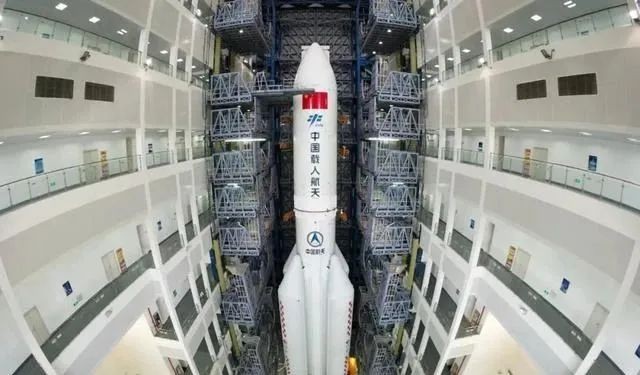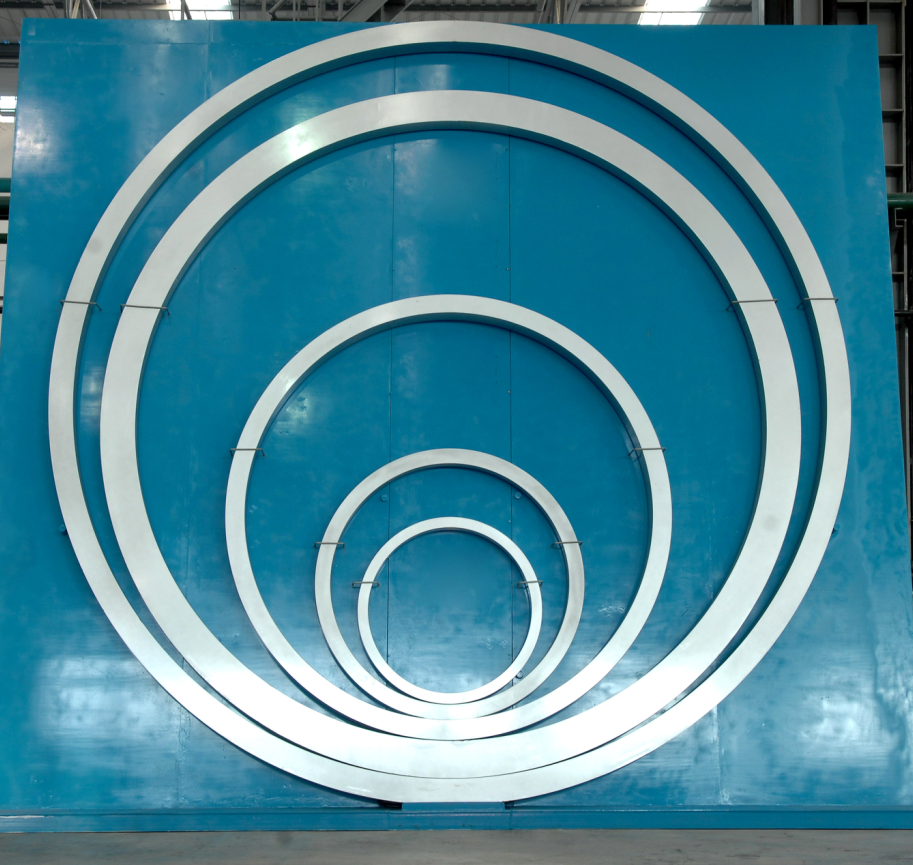Aluminum alloy for rocket fuel tank
Structural materials are closely related to a series of issues such as rocket body structure design, manufacturing and processing technology, material preparation technology, and economy, and are the key to determining the rocket’s take-off quality and payload capacity. According to the development process of the material system, the development process of rocket fuel tank materials can be divided into four generations. The first generation is 5-series aluminum alloys, that is, Al-Mg alloys. The representative alloys are 5A06 and 5A03 alloys. They were used to manufacture P-2 rocket fuel tank structures in the late 1950s and are still used today. 5A06 alloys containing 5.8% Mg to 6.8% Mg, 5A03 is an Al-Mg-Mn-Si alloy. The second generation is Al-Cu-based 2-series alloys. The storage tanks of China’s Long March series of launch vehicles are made of 2A14 alloys, which are an Al-Cu-Mg-Mn-Si alloy. from the 1970s to the present, China began to use 2219 alloy manufacturing storage tank, which is an Al-Cu-Mn-V-Zr-Ti alloy, is widely used in the manufacture of various launch vehicle storage tanks. At the same time, it is also widely used in the structure of weapon launch low-temperature fuel tanks, which is an alloy with excellent low temperature performance and comprehensive performance.
Aluminum alloy for cabin structure
Since the development of launch vehicles in China in the 1960s until now, the aluminum alloys for the cabin structure of launch vehicles are dominated by the first generation and the second generation alloys represented by 2A12 and 7A09, while foreign countries have entered the fourth generation of cabin structural aluminum alloys (7055 alloy and 7085 alloy), they are widely used because of their high strength properties, low quenching sensitivity and notch sensitivity. 7055 is an Al-Zn-Mg-Cu-Zr alloy, and 7085 is also an Al-Zn-Mg-Cu-Zr alloy, but its impurity Fe and Si content are very low, and the Zn content is high at 7.0%~8.0%. The third-generation Al-Li alloys represented by 2A97, 1460, etc. have been applied in foreign aerospace industries due to their high strength, high modulus, and high elongation.
Particle-reinforced aluminum matrix composites have the advantages of high modulus and high strength, and can be used to replace 7A09 alloys to manufacture semi-monocoque cabin stringers. The Institute of Metal Research, Chinese Academy of Sciences, Harbin Institute of Technology, Shanghai Jiaotong University, etc. have done a lot of work in the research and preparation of particle-reinforced aluminum matrix composites, with remarkable achievements.
Al-Li alloys used in foreign aerospace
The most successful application on foreign aerospace vehicles is the Weldalite Al-Li alloy developed by Constellium and the Quebec RDC, including 2195, 2196, 2098, 2198, and 2050 Alloy. 2195 alloy: Al-4.0Cu-1.0Li-0.4Mg-0.4Ag-0.1Zr, which is the first Al-Li alloy to be successfully commercialized for the manufacture of low-temperature fuel storage tanks for rocket launches. 2196 alloy: Al-2.8Cu-1.6Li-0.4Mg-0.4Ag-0.1Zr, low density, high strength, high fracture toughness, originally developed for Hubble solar panel frame profiles, now mostly used for extruding aircraft profiles. 2098 alloy: Al-3.5 Cu-1.1Li-0.4Mg-0.4Ag-0.1Zr, originally developed for the manufacture of HSCT fuselage, because of its high fatigue strength, it is now used in F16 fighter fuselage and spacecraft Falcon launch fuel tank. 2198 alloy: Al-3.2Cu-0.9Li-0.4Mg-0.4Ag-0.1Zr, used for rolling commercial aircraft sheet. 2050 alloy: Al-3.5Cu-1.0Li-0.4Mg- 0.4Ag-0.4Mn-0.1Zr, used to produce thick plates to replace 7050-T7451 alloy thick plates for the manufacture of commercial aircraft structures or rocket launching components. Compared with the 2195 alloy, the Cu+Mn content of the 2050 alloy is relatively low to reduce the quenching sensitivity and maintain the high mechanical properties of the thick plate, the specific strength is 4% higher, the specific modulus is 9% higher, and the fracture toughness is increased with high stress corrosion cracking resistance and high fatigue crack growth resistance, as well as high temperature stability.
China’s research on forging rings used in rocket structures
China’s launch vehicle manufacturing base is located in the Tianjin Economic and Technological Development Zone. It is composed of a rocket research and production area, an aerospace technology application industry area and an auxiliary supporting area. It integrates rocket parts production, component assembly, final assembly testing.
The rocket propellant storage tank is formed by connecting cylinders with a length of 2m to 5m. The storage tanks are made of aluminum alloy, so they need to be connected and strengthened with aluminum alloy forging rings. In addition, connectors, transition rings, transition frames and other parts of spacecraft such as launch vehicles and space stations also need to use connecting forging rings, so forging rings are a very critical type of connecting and structural parts. Southwest Aluminum (Group) Co., Ltd., Northeast Light Alloy Co., Ltd., and Northwest Aluminum Co., Ltd. have done a lot of work in the research and development, manufacturing and processing of forging rings.
In 2007, Southwest Aluminum overcame technical difficulties such as large-scale casting, forging billet opening, ring rolling, and cold deformation, and developed an aluminum alloy forging ring with a diameter of 5m. The original core forging technology filled the domestic gap and was successfully applied to Long March-5B. In 2015, Southwest Aluminum developed the first super-large aluminum alloy overall forging ring with a diameter of 9m, setting a world record. In 2016, Southwest Aluminum successfully conquered a number of key core technologies such as rolling forming and heat treatment, and developed a super-large aluminum alloy forging ring with a diameter of 10m, which set a new world record and solved a major key technical problem for the development of China’s heavy-duty launch vehicle.
Edited by May Jiang from MAT Aluminum
Post time: Dec-01-2023



